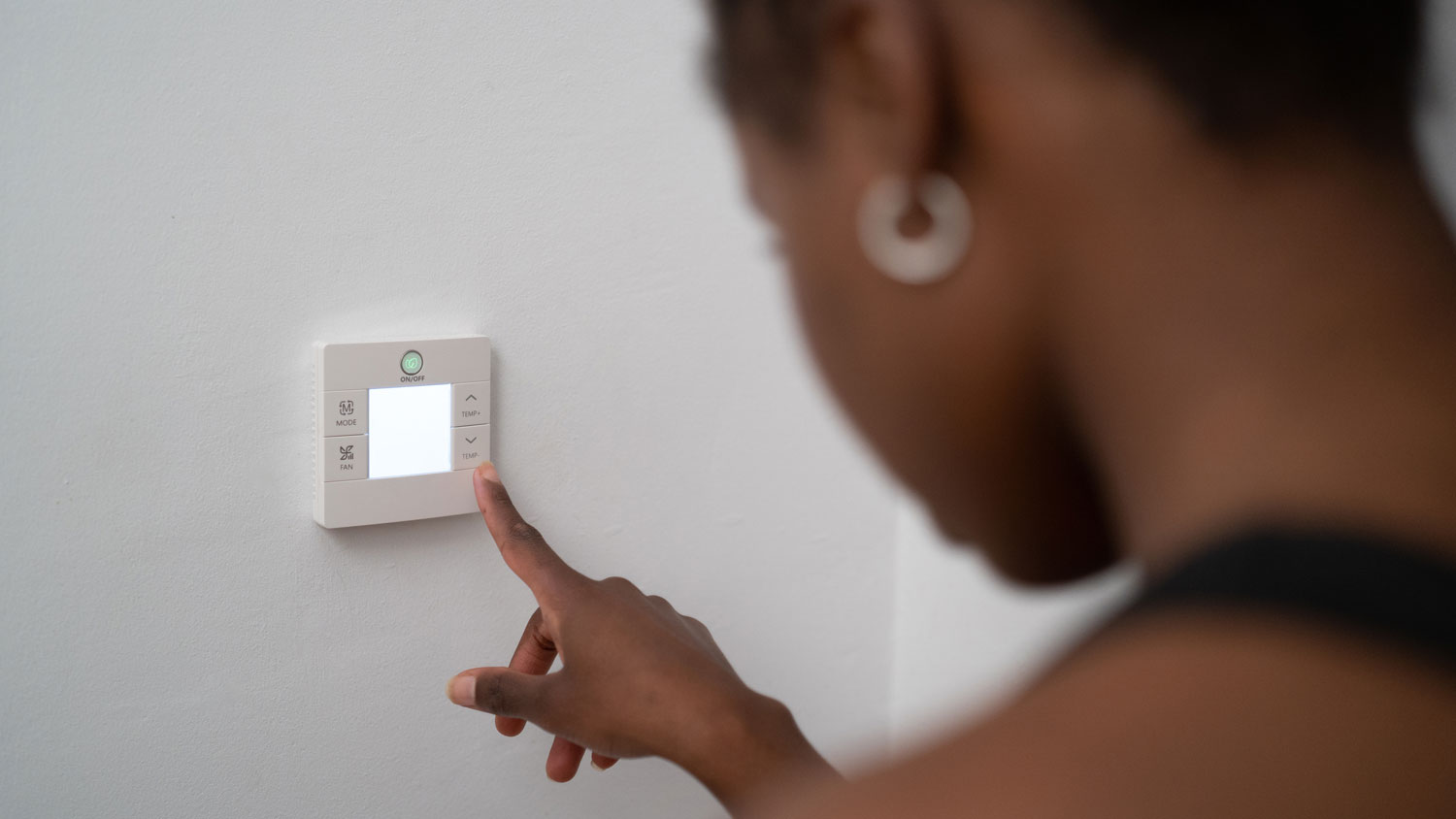
Mold remediation cost can quickly escalate. But if you have mold in your home, the cost for mold remediation is worth it.
Keep mold away by fixing leaks, limiting humidity, and ensuring proper ventilation


Noticing a musty odor or seeing fuzzy patches in your basement, bathroom, or kitchen? You could have mold, a sneaky fungus that thrives in humid areas. While mold can be tricky to beat, knowing how to prevent mold growth can help you protect your household's health and well-being. Here are a few tips to keep mold away.
The trick to keeping mold away is to make your home as inhospitable to it as possible. Mold can grow wherever there is moisture and oxygen, which is pretty much anywhere. Keeping moisture levels low is the first step toward stopping mold growth.
A leaky pipe can create ideal conditions for mold growth. Unfortunately, in some cases, leaks can be hard to find, at least at first, as they may be behind walls or in inaccessible areas.
Still, there are usually a few signs that there's a leak somewhere in your home, such as:
Higher than usual water bills
The sound of dripping or running water
Reduced water pressure from a faucet
Wet patches on walls or ceilings
Once you find a leak, you need to repair it. Often, it’s best to hire a local plumber to inspect and fix the leak.

Water can seep into your home after rain storms or when the ground outside is very wet. Improving the drainage around your home will keep moisture levels down. You can improve drainage in a few ways:
Keep your gutters clean and clear; remove leaves and other debris
Seal cracks in your foundation
Direct water from downspouts away from your home
Install a sump pump to control water levels in your basement
Whether it's a puddle under the sink from a leaky pipe or condensation on the wall after a shower, wet areas in your home invite mold. Use towels and fans to dry wet spots quickly, so mold doesn't have a chance to make itself at home.
Moisture builds up when the air is stagnant in your home, creating the ideal conditions for mold growth. You can improve your home's ventilation in a few ways, particularly in areas where mold is more likely–a bathroom or kitchen.
Install an exhaust fan in your bathroom to improve airflow, especially when people bathe or shower. If you can't install a fan, another way to improve ventilation is to have people open a window while using the shower or bath.
In the kitchen, use the fan in the range hood while cooking to whisk away steam from boiling pots and hot pans.
When the weather is mild, open the windows to your home at least once a week to improve air flow. During times when it's too hot or cold to open the windows, make sure your HVAC vents aren't blocked so air can flow freely from them. You may also turn on a ceiling or portable fan to help the air move.

To keep mold growth to a minimum, the Centers for Disease Control and Prevention recommends keeping the humidity in your home under 50%. A hygrometer, easily purchased at a hardware store, will help you keep tabs on the humidity levels.
If indoor humidity creeps above 50% regularly, a dehumidifier can help. You can purchase a portable dehumidifier and set it up in the rooms with higher humidity, such as a kitchen, bathroom, or basement. Another option is to install a whole-home dehumidifier.
Some household cleaning products are great at killing or inhibiting mold. Distilled white vinegar is a good example. It has a pH of 2.5, making it acidic enough to kill mold. It's also easy to find and relatively safe to use (you can eat it, after all).
Another good mold prevention product is hydrogen peroxide, which also kills mold and limits its growth.
If you're remodeling or replacing furniture or other components in your home, consider selecting materials designed to resist mold. For example, while drywall is typically a popular food source for mold, there are mold-resistant varieties available, which are engineered to restrict mold growth.
The same is true for some types of paint and other building materials. Mold-inhibiting ingredients are either added to the materials or they are engineered to resist mold growth.
According to data from Angi customers, most people (35.2%) need mold removed from their interior walls or ceiling, and 21.5% need mold removed from a basement or crawl space. Mold is commonly found in rooms that see a lot of moisture, so keep a lookout in your bathroom, kitchen, and basement. Call a pro as soon as you notice signs of mold to keep a small growth from becoming a much bigger problem.
You can take steps to keep mold from growing around your home on your own, such as maintaining lower humidity levels and keeping moisture-prone areas as dry as possible.
Some mold prevention projects will require the help of a professional, though. For example, you'll most likely need to hire a plumber to fix any leaky pipes or correct any drainage issues.
From average costs to expert advice, get all the answers you need to get your job done.

Mold remediation cost can quickly escalate. But if you have mold in your home, the cost for mold remediation is worth it.

The cost of a mold inspection might seem high, but it’s one of the best investments you can make for your health and home. Read on to learn cost-saving tips.

Common reasons for mold in kitchen cabinets include high humidity and leaks. Keep reading to learn more about why mold is growing in your kitchen cabinets.

When you see some sort of growth in a damp area of your home, you want to know the differences between mildew and mold. Learn more about these two types of fungi.

A mold inspection is your first line of defense against a mold problem. Here’s what to expect from your visit and how to prepare.

When it comes to black mold vs wood rot, one causes a much bigger threat to your family. Keep reading to learn which.